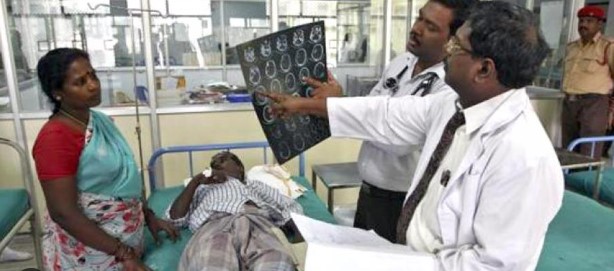Our biological makeup can be a double-edged sword when it comes to our health. While it may offer some protection against certain illnesses, it also leaves us vulnerable to others. While medical experts have uncovered some of the underlying factors behind gender differences in health, the full picture remains complex and multifaceted.

It’s no secret that our behaviour can have a significant impact on our health, and this is especially true for men. In fact, many of the health risks that men face can be directly traced back to their behaviour. From smoking and excessive drinking to poor diet and lack of exercise, the choices we make on a daily basis can have long-term consequences for our health
Common health issues faced by Indian men:
Cardiovascular disease: Men and women tend to store fat differently, with men typically carrying more fat around their midsections, while women tend to accumulate it in their hips and thighs. This difference in fat distribution has important implications for health, as visceral fat – the type that accumulates around the organs in the abdomen – is a known risk factor for heart disease, which is more common in Indian men than women. Additionally, women have the protective effects of estrogen, which can help keep cholesterol levels in check. Men on the other hand have higher levels of certain hormones, such as testosterone, which have been linked to an increased risk of heart disease.
Parkinson’s disease: A progressive neurological disorder that affects movement, causing tremors, stiffness, and difficulty with balance and coordination affects. The risk of developing the disease is twice in men than women. One possible reason suggested that women may have a protective effect against Parkinson’s disease due to the effects of estrogen on the brain. Other studies suggest disease linked to male x chromosome

Kidney stones: Kidney stones are more common in men than in women, and there are several biological reasons for this. One factor is that men tend to have higher levels of calcium in their urine than women, which can contribute to the formation of kidney stones. Additionally, men’s urinary tracts are longer than women’s, which can make it more difficult for stones to pass through the urinary system. Men are also more likely to have certain medical conditions that increase their risk of kidney stones, such as gout or hyperparathyroidism.
Melanoma: the primary reason why melanoma is more common in men than women is related to differences in the skin between the two sexes. Men have thicker skin than women, with a higher collagen density and lower water content. This means that men’s skin is less elastic and more prone to damage from UV radiation. Additionally, men tend to have more body hair, which can make it more difficult to detect changes in moles or other skin lesions that may be indicative of melanoma.
Liver damage: Men are more likely to have a genetic variation that makes them more susceptible to alcohol-related liver damage. Additionally they also tend to have larger livers than women, which means they have a higher capacity for processing toxins. However, this also means that when the liver is damaged, men may not show symptoms until the disease is more advanced.
While addressing these disparities will require ongoing research and public health efforts, individuals can take control of their own health by staying informed and making positive lifestyle choices. With greater awareness and understanding, we can work towards a future where everyone has the opportunity to live a healthy and fulfilling life.

